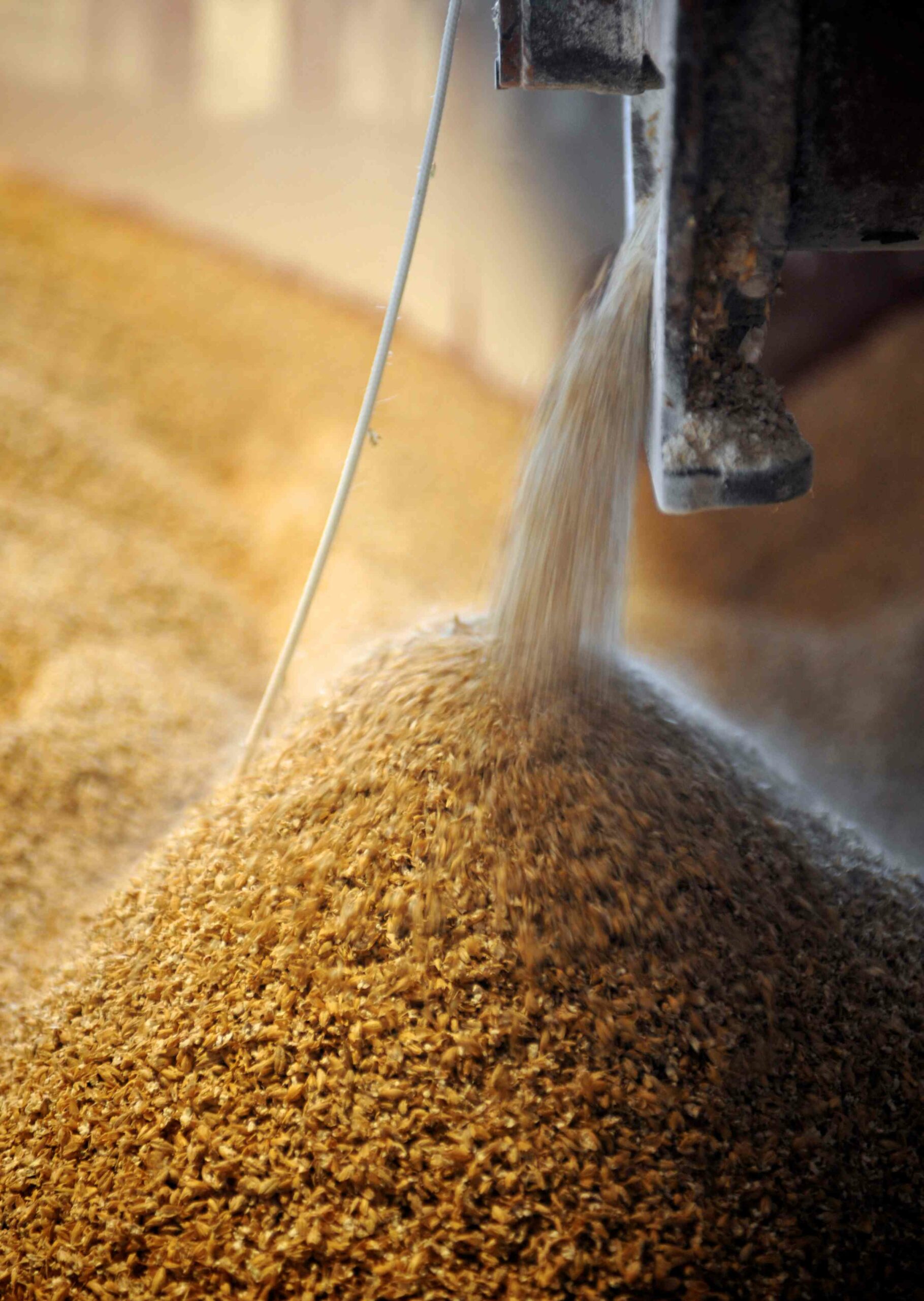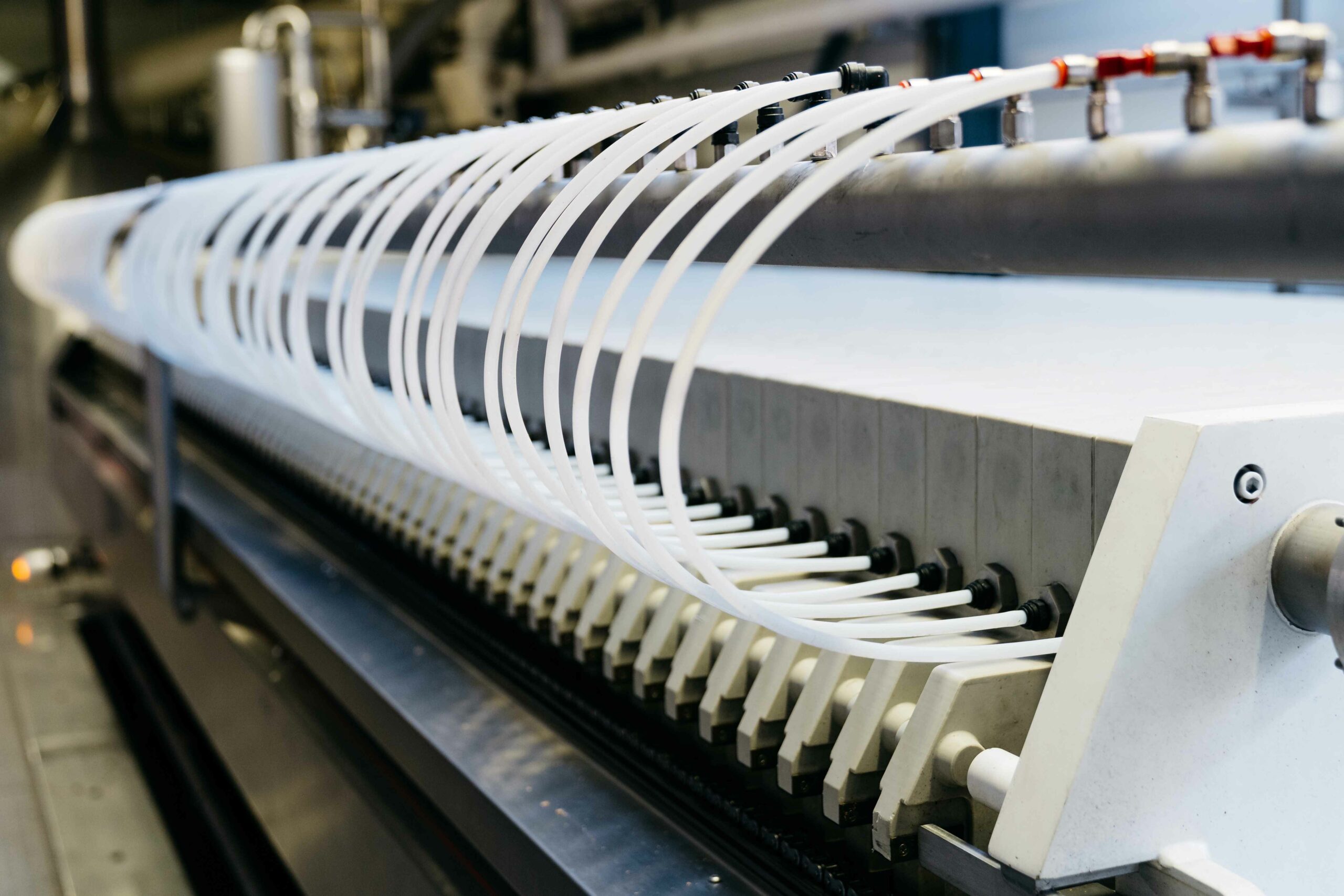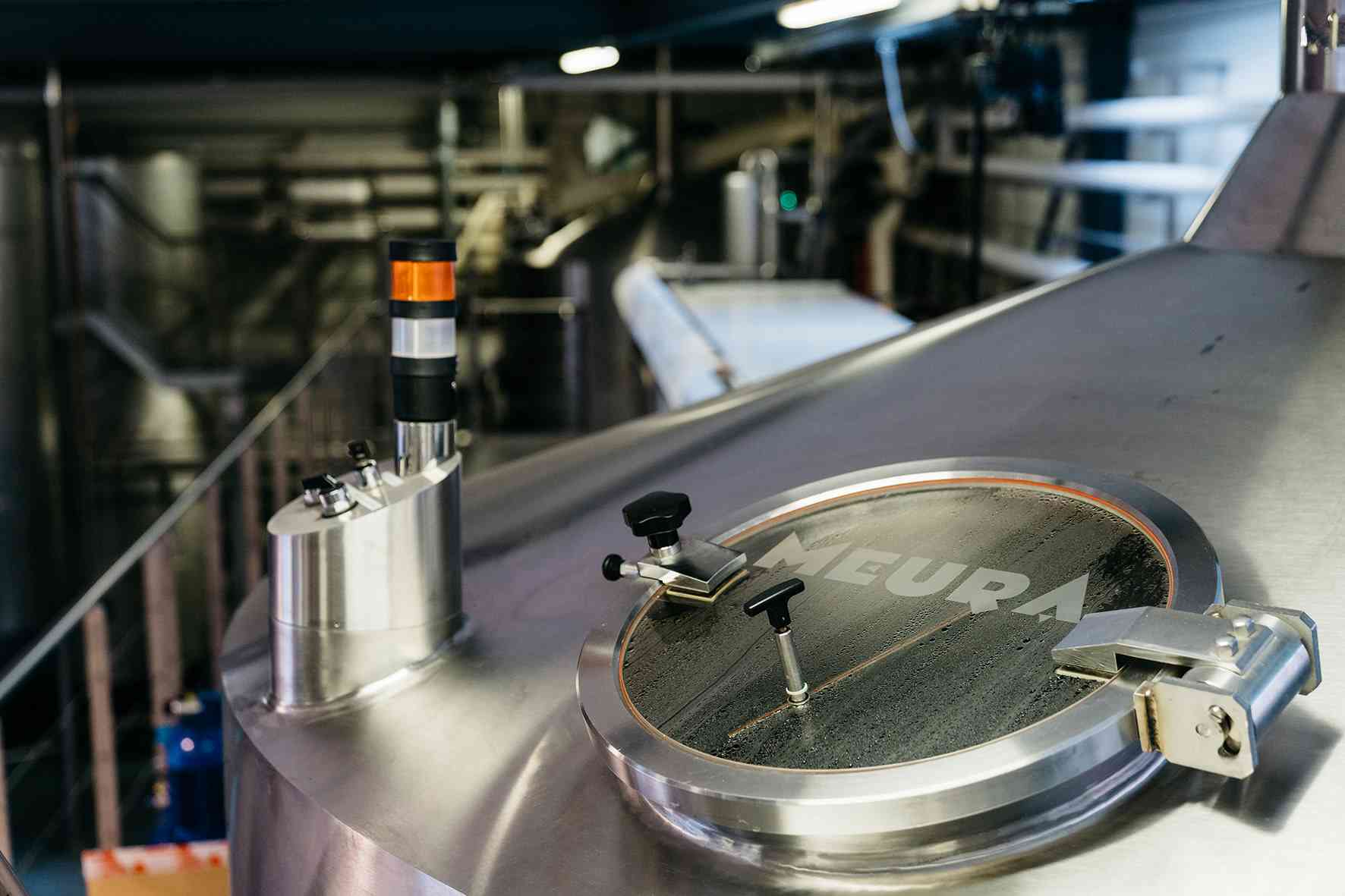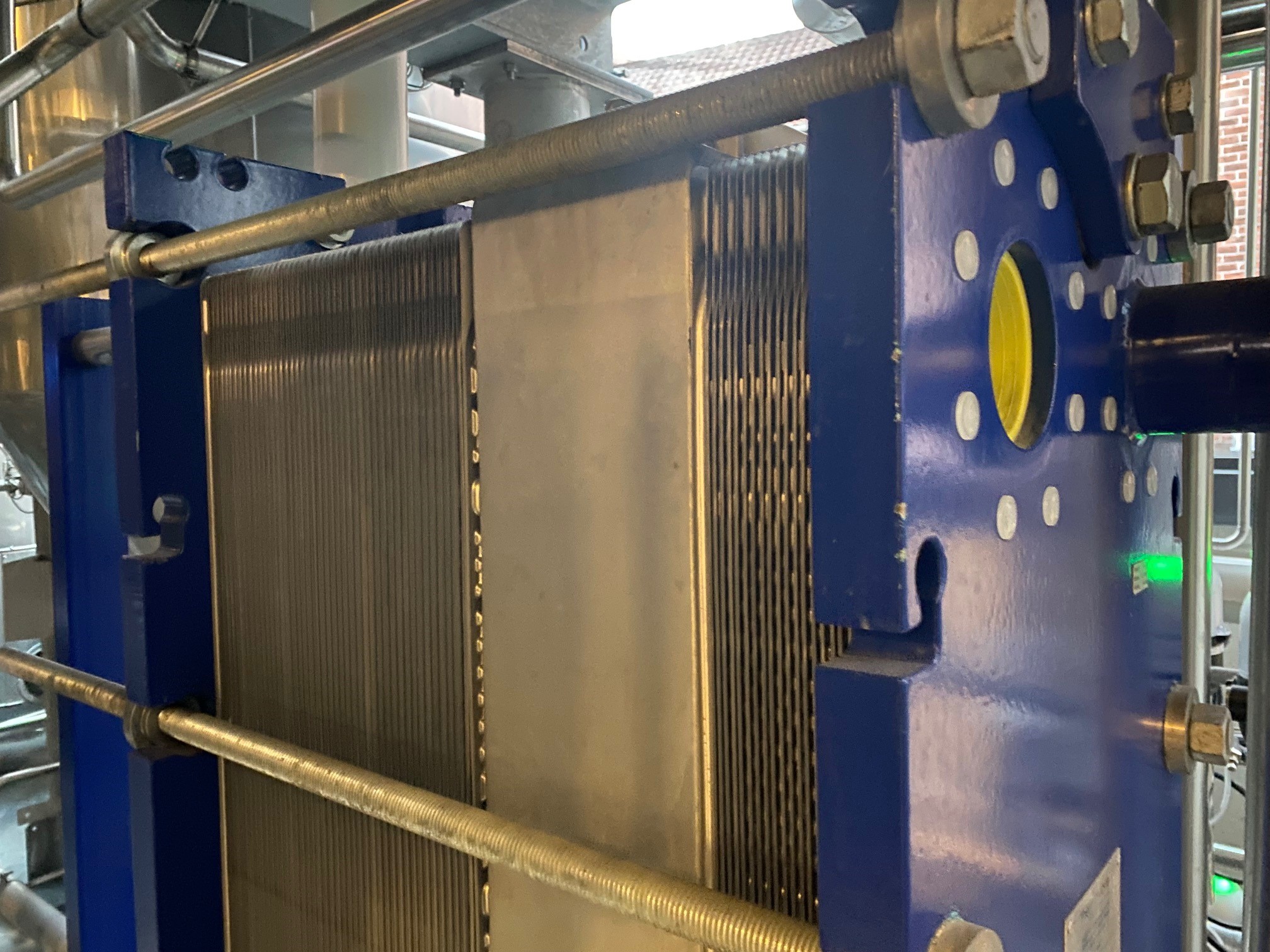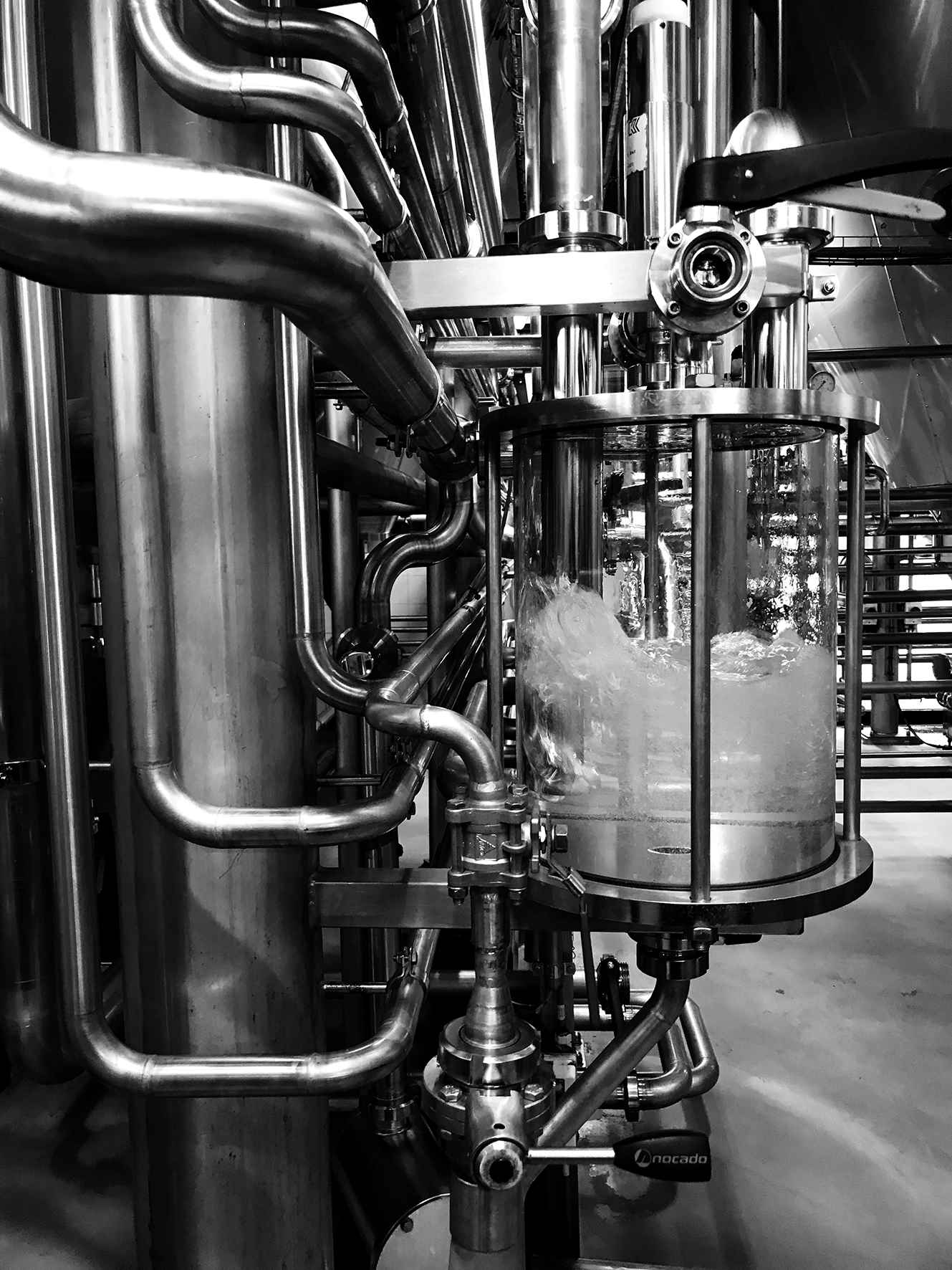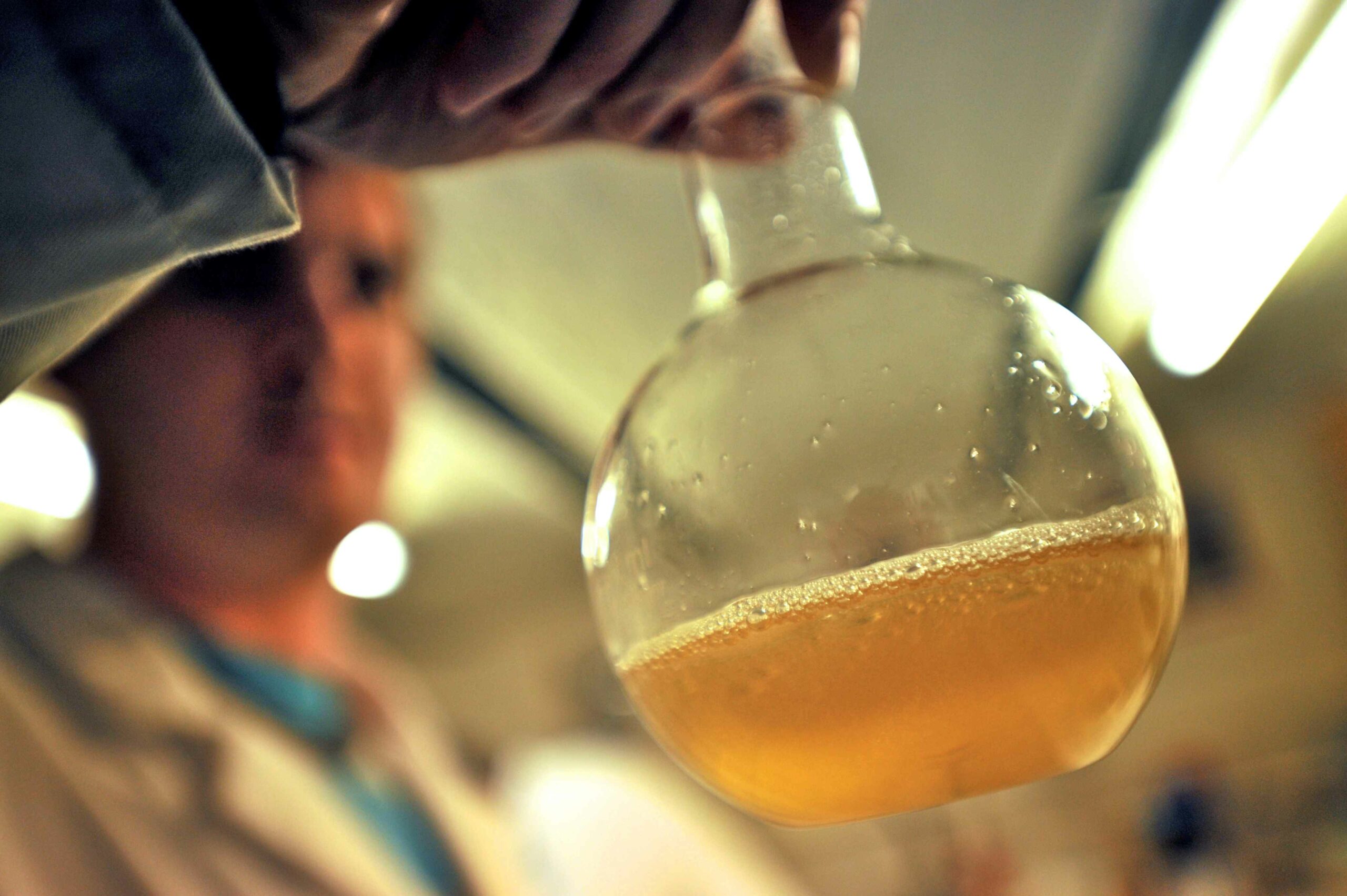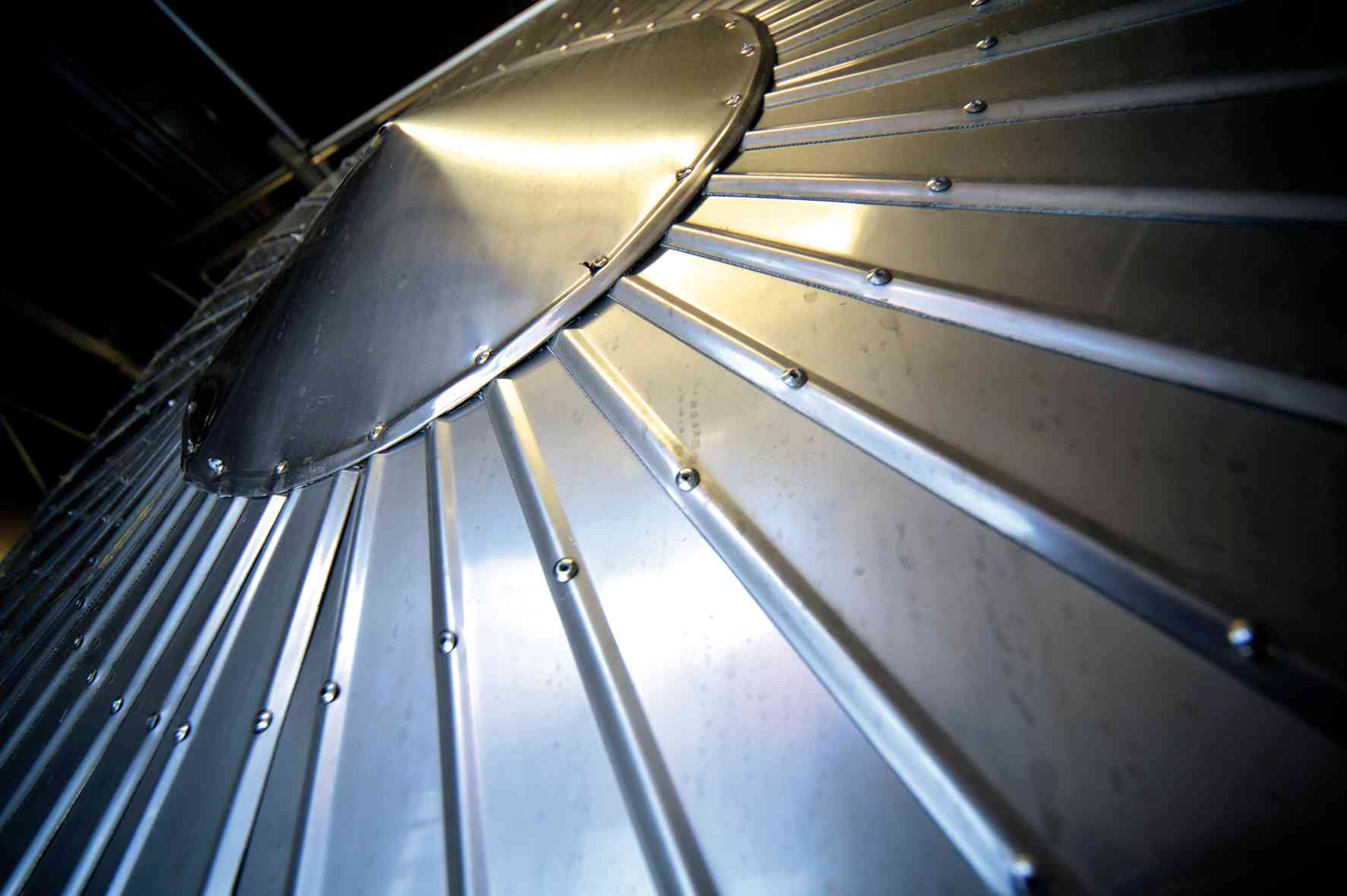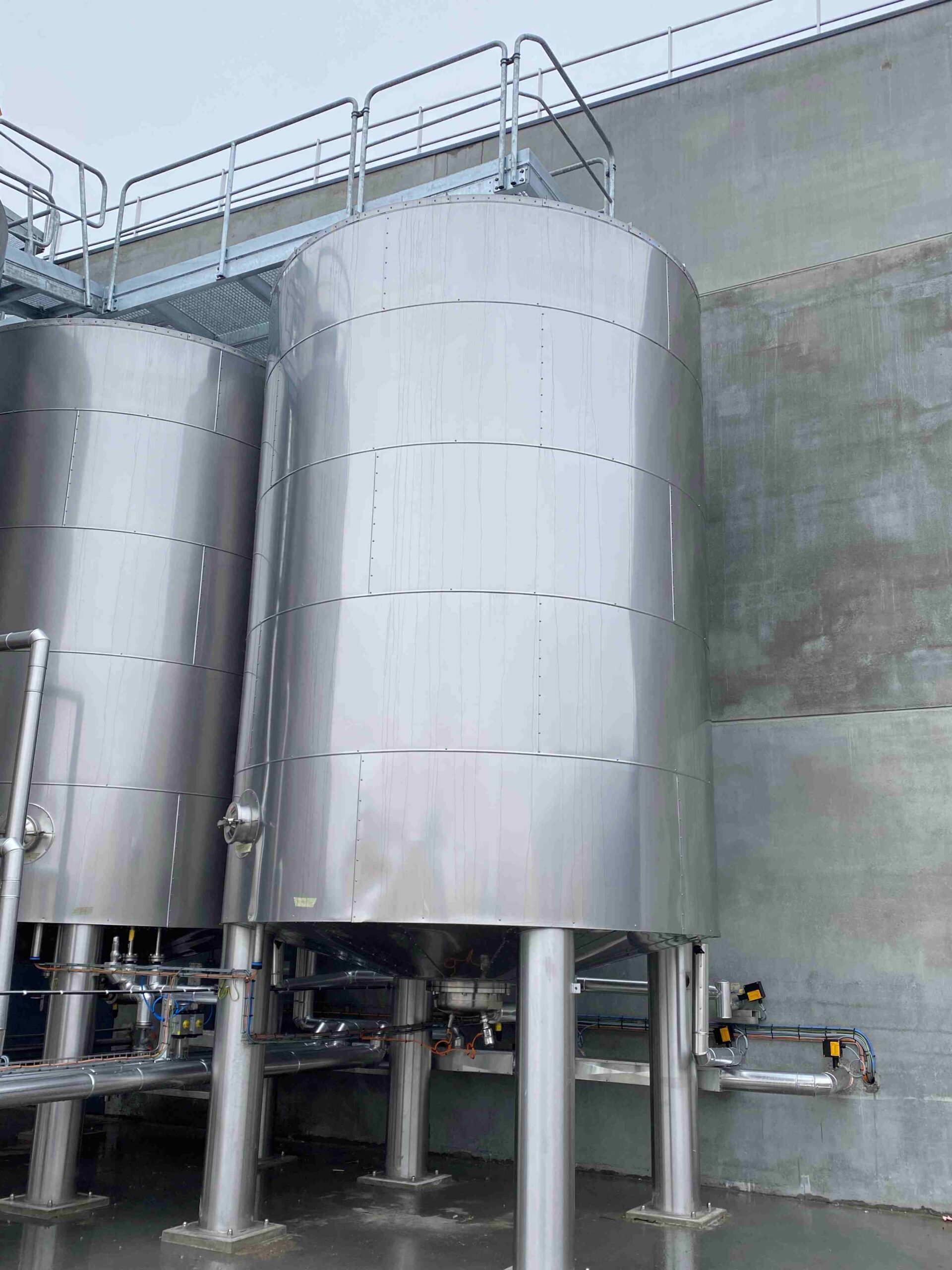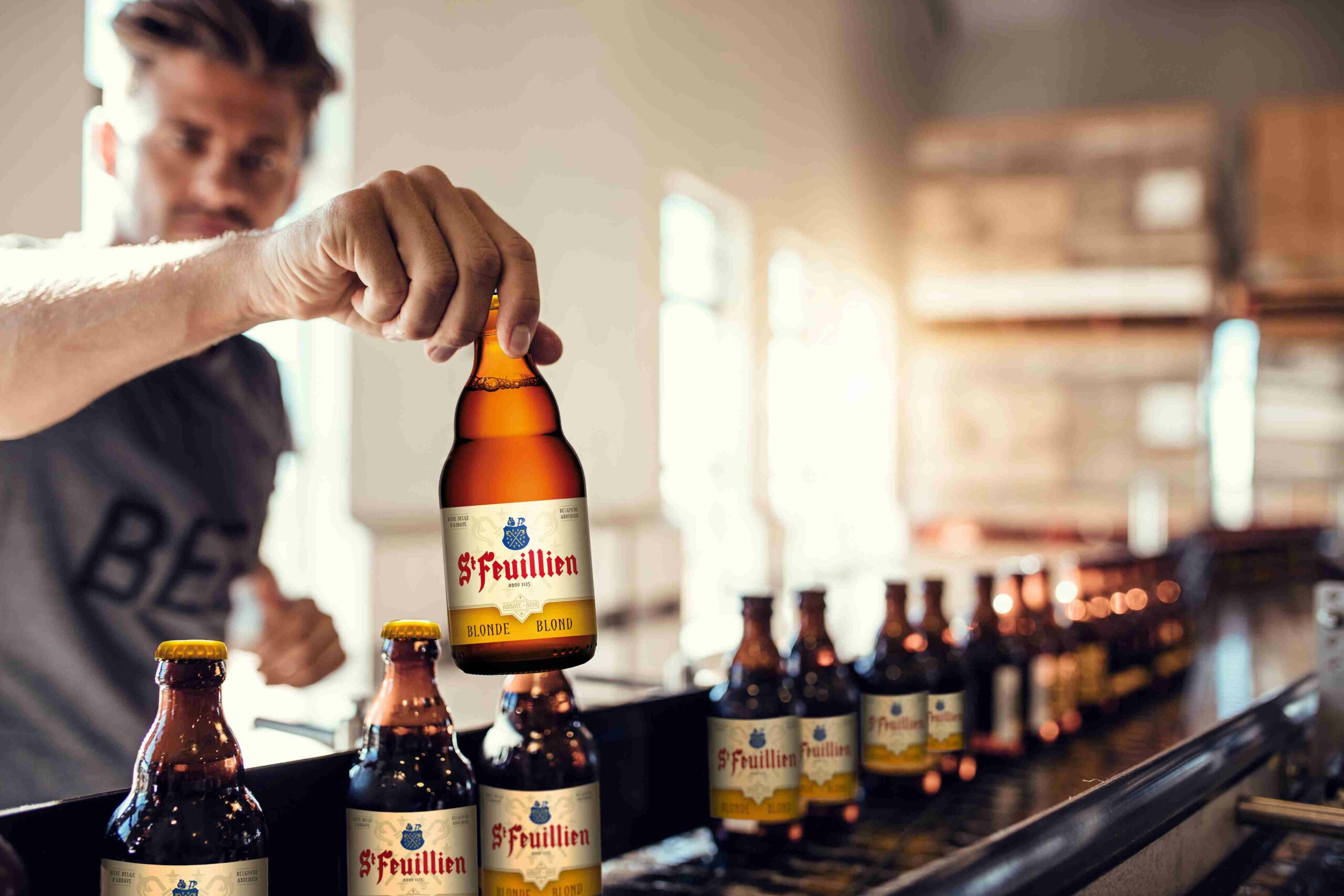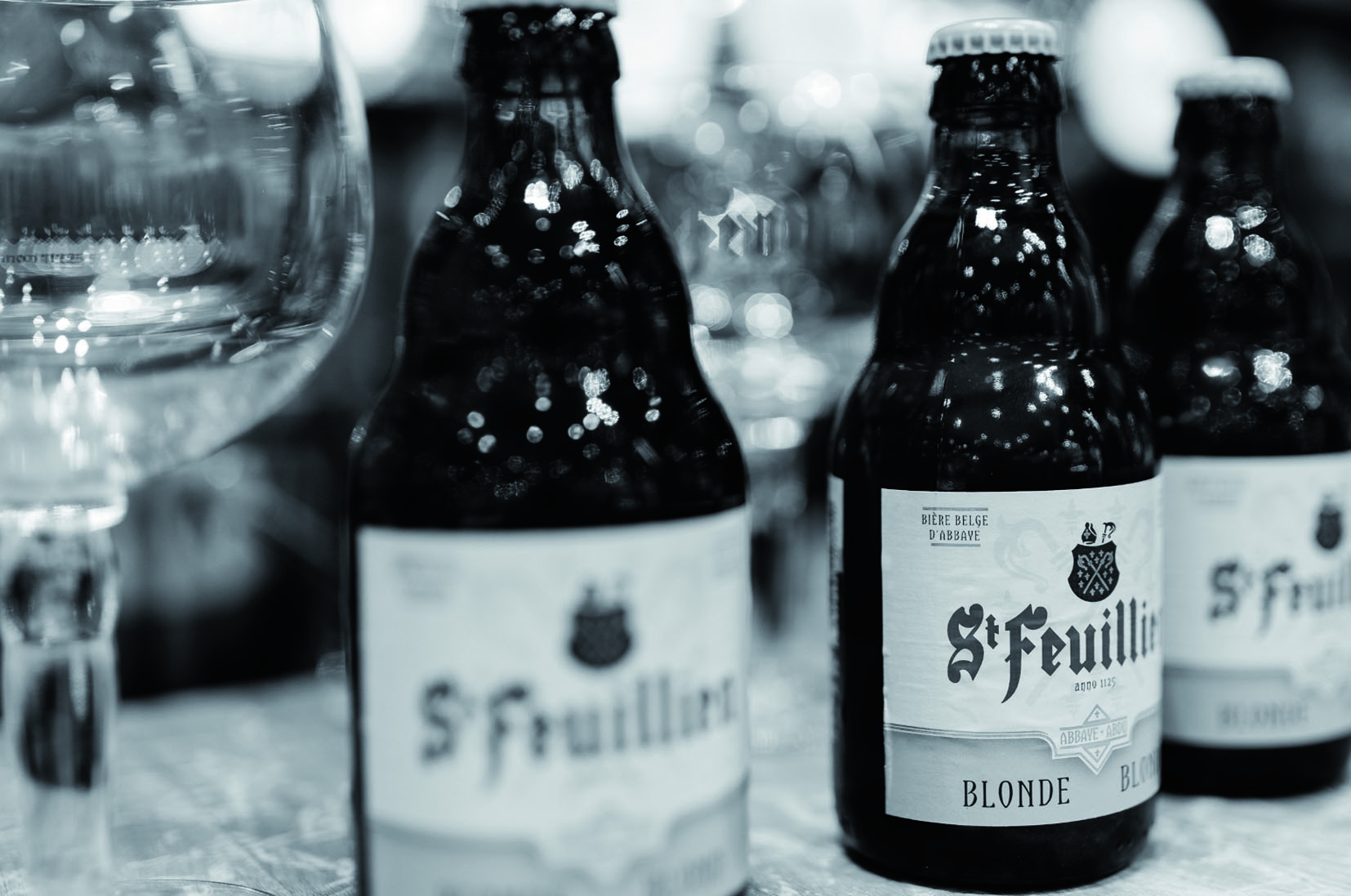Production Process
The ingredients

Water
Water is a key ingredient in the brewing process. Not only does it constitute up to 90% of the finished product, but it also influences its organoleptic profile (how it affects our senses). Water was drawn from a groundwater source 70 meters below the old brewery. Following the relocation of the brewhouse, the water used still comes from the same water table. Its hardness is a favorable characteristic for beers of high fermentation.
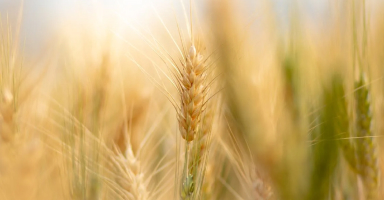
Barley
Our master brewers choose the raw materials with the greatest care, including malts and hops. Most of the brewing barley comes from France and is malted in Belgium. The temperature of the air used to dry the malt will determine its color. If the air temperature is 80°, the malt will give its blond color to the beer. If the temperature is higher, the color will be more amber or brown.

The hops
Like malts, the best hops are selected for their organoleptic properties. In brewing, only the female flowers of the plant are used. They secrete bitter resins and essential oils which bring bitterness and aroma to the beer. For dry hopping, whole hop flowers (cones) are used.
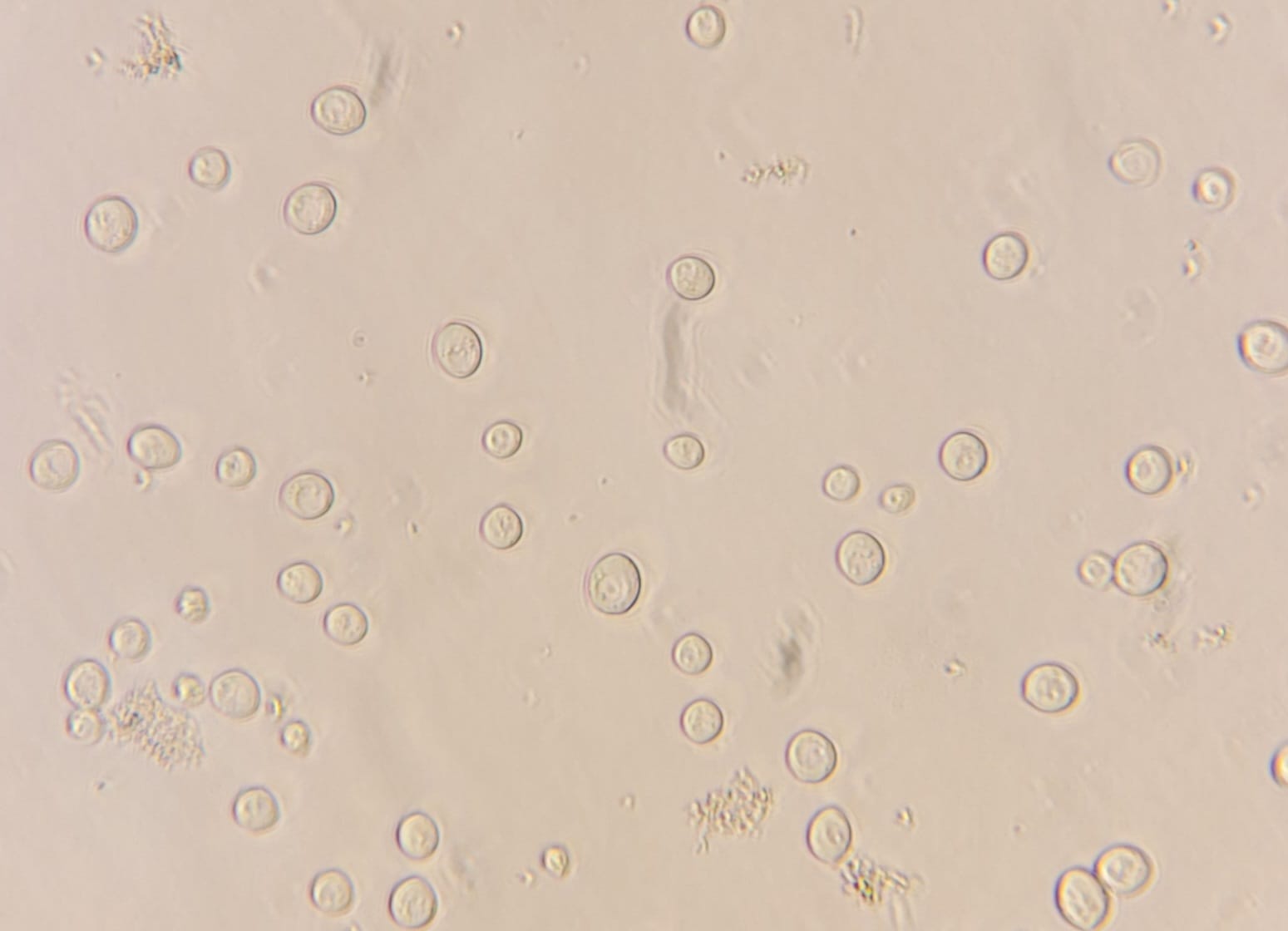
The yeast (Saccharomyces cerevisiae)
Yeast is a unicellular microscopic fungus. The
St-Feuillien Brewery has its own strain of Belgian top-fermenting yeast. It has a good tolerance to temperature, alcohol, and density. Its fermentation is quick. It’s also slightly dusty in texture, which brings a variety of flavors from its surrounding environment. It has a slight phenolic character that gives a spicy profile to our beers.
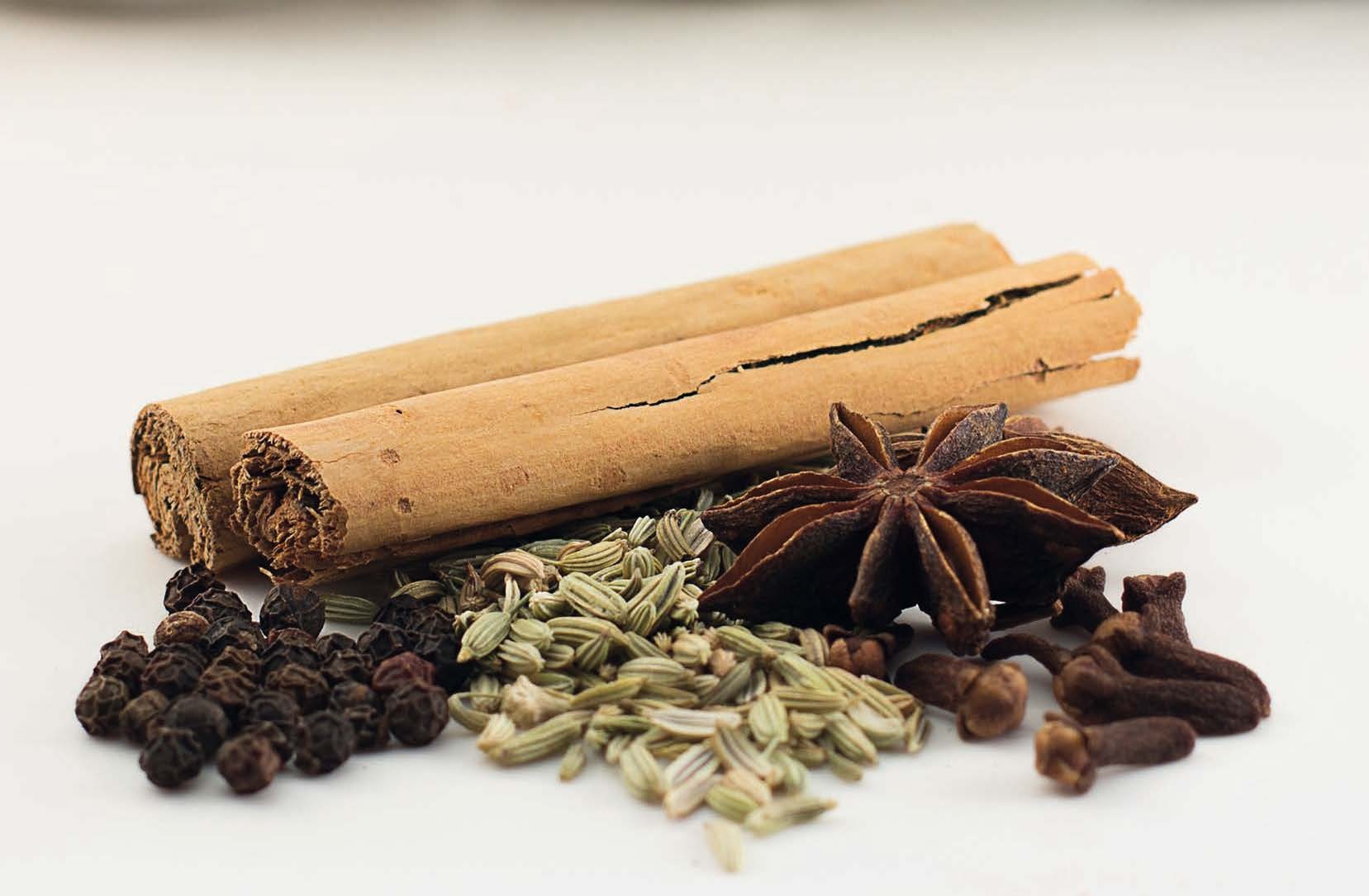
Spices
Spices are used in the production of many of our beers (especially our Abbey beers). They contribute to the complex character of our beers and are an integral part of the brew masters' secrets.

Our master brewers
They develop with passion the recipes of the St-Feuillien Brewery beers and do everything possible to offer beers of excellent and constant quality to the consumer.

